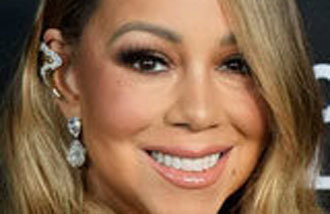60 Pct. of Biracial Children Not Attending Kindergarten
60 Pct. of Biracial Children Not Attending Kindergarten
Posted October. 13, 2009 08:50,
Sixty percent of mixed-race children of preschool age cannot attend childcare facilities or kindergarten because of lack of money.
Biracial children attending childcare facilities were far more represented on the governments low-income family list than children from Korean families.
Rep. Won Hee-mok of the ruling Grand National Party read a report on these findings at the parliamentary committee on health, welfare and family affairs. The report said biracial children not attending childcare facilities or kindergarten numbered 37,000, or 57.3 percent of such children.
The analysis is based on statistical data submitted by the Health, Welfare and Family Affairs Ministry and the Public Administration and Security Ministry.
As of July this year, the number of young biracial children in Korea was 64,000. Among them, 23,000 attended childcare facilities, while 4,198 aged three to five were attending kindergarten. Many biracial children attending childcare facilities were receiving subsidies for childrearing due to the low income of their families.
In addition, the families of 15,487 biracial children attending childcare facilities, or 67 percent, received government subsidies for childrearing in differing amounts. Among biracial children, those from families below the official poverty line (lowest) accounted for 9.4 percent, and those second from the bottom (second lowest) 38 percent, higher than 6.8 percent and 30.1 percent for normal students, respectively.
Rep. Won said, Parents of biracial children might refer raising them at home than sending them to childcare facilities, but even if they want to send them, they might not be able to do because of economic problems.
To ensure that biracial children are not left behind, Korea needs to offer free education for them.
isityou@donga.com







